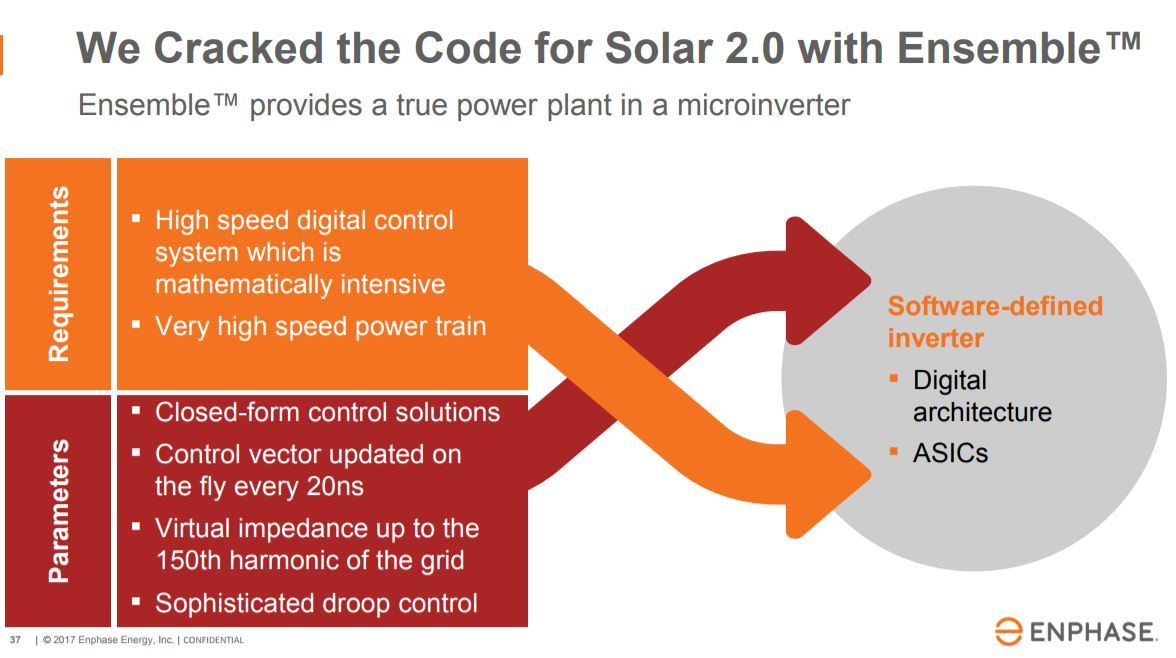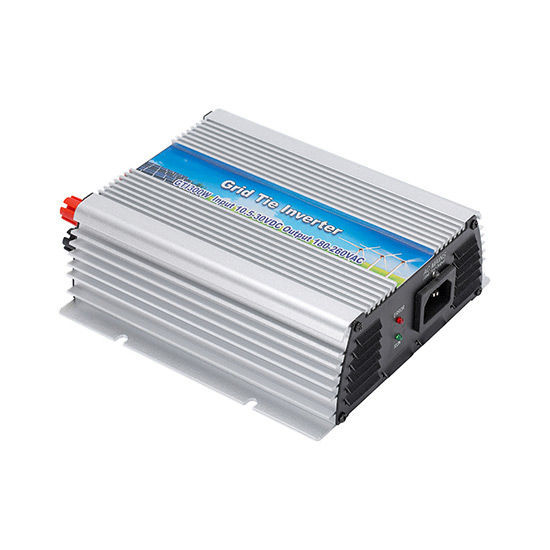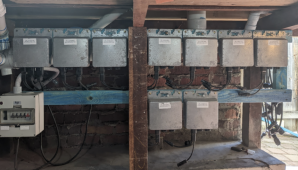Looking at the two ways of managing power there seems to be the centralized approach i.e. one or more large inverters, 48v battery bank and enough solar cells to provide the necessary voltage to charge the batteries (ok, I am deliberately excluding a bunch of detail).
But I am interested in the other more modular approach.
One solar panel, one micro-inverter and one or more cells just for that solar panel. Yes it may be more expensive once the system is fully scaled up, but initially at least the capital outlay is commensurate with the scale of the system. So starting with one panel, the panel battery absorbs extra energy that can dispensed via the microinverter as required. Its a modular package deal that could all be attached to the solar panel.
I can't seem to find such a configuration anywhere. In this modular style build, I would need the solar panel to battery to include overcharge protection to the cell(s) and an MPPT to charge the battery and then the micro-inverter takes that DC (solar/battery) and generates AC.
Am I dreaming? Thanks for any thoughts
But I am interested in the other more modular approach.
One solar panel, one micro-inverter and one or more cells just for that solar panel. Yes it may be more expensive once the system is fully scaled up, but initially at least the capital outlay is commensurate with the scale of the system. So starting with one panel, the panel battery absorbs extra energy that can dispensed via the microinverter as required. Its a modular package deal that could all be attached to the solar panel.
I can't seem to find such a configuration anywhere. In this modular style build, I would need the solar panel to battery to include overcharge protection to the cell(s) and an MPPT to charge the battery and then the micro-inverter takes that DC (solar/battery) and generates AC.
Am I dreaming? Thanks for any thoughts





